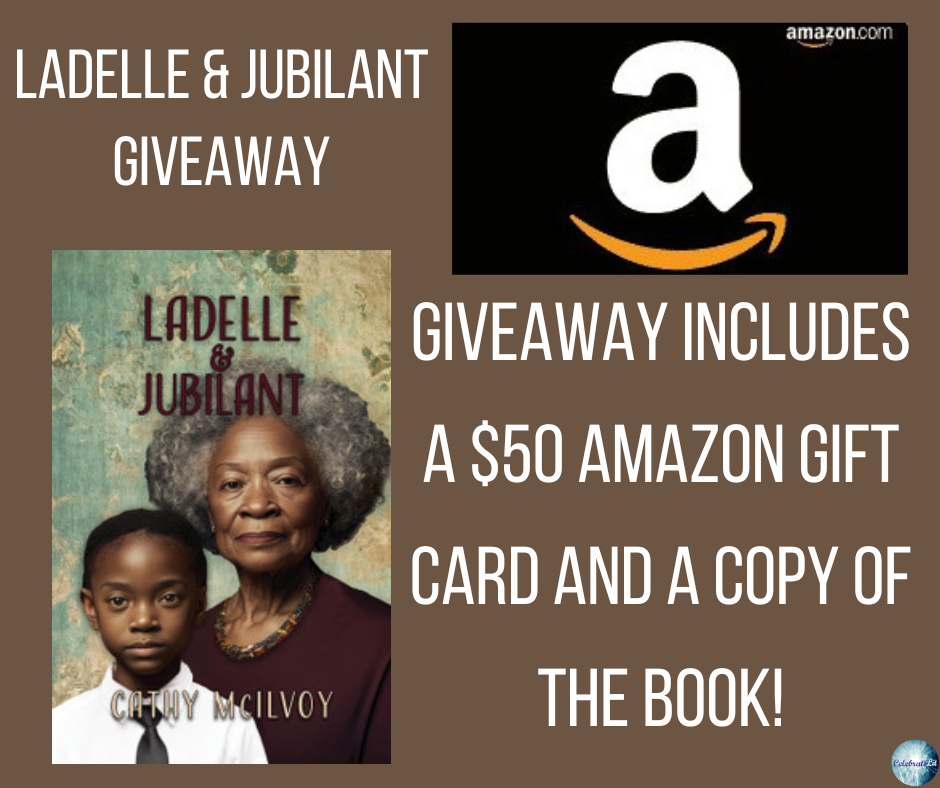
About the Book
Title: The Ark and the Dove: The Story of Noah’s Wife
Author: Jill Eileen Smith
Publisher: Revell
Genre: Biblical Fiction
Released: February 2024
Zara and Noah have walked together with the Creator for their entire lives, and they have done their best in an increasingly wicked and defiant world to raise their three sons to follow in their footsteps. It has been a challenge–and it’s about to get much, much harder.
When the Creator tells her husband to build an ark to escape the coming wrath against the sins of humankind, Zara steps out with him in faith. But the derision and sabotage directed their way from both friends and extended family are difficult to bear, as is knowing that everyone she interacts with beyond her husband, her sons, and their wives is doomed to destruction. And when the ark is finally finished and the animals have been shut up inside, Zara and her family embark on an adventure that will test their patience and their faith as they await deliverance and dry ground.
Experience the story of Noah and the flood like you never have before. With bestselling and award-winning author Jill Eileen Smith as your guide, you’ll never look at a rainbow the same way again.
About the Author:

Jill Eileen Smith is the bestselling and award-winning author of the biblical fiction series The Wives of King David, Wives of the Patriarchs, and Daughters of the Promised Land, as well as The Heart of a King, Star of Persia: Esther’s Story, Miriam’s Song, The Prince and the Prodigal, and Daughter of Eden. She is also the author of the nonfiction books When Life Doesn’t Match Your Dreams and She Walked Before Us. Jill lives with her family in southeast Michigan. Learn more at http://www.jilleileensmith.com.
My Impressions
“What should I do, Adonai? Did God care about their personal spats with one another? He’d saved them to repopulate a world where evil ran rampant. But they could not run from the sin in their own hearts.”
Jill Eileen Smith. A name of long associated with Biblical fiction, yet The Ark and the Dove is the first book I’ve been privileged to read by Smith.
First, I suggest bringing your waders. While obviously this is the story of Genesis 6, the flood of Noah’s day, it is so much more. While it is an engrossing read, it is not a quick read, compared to many books. You will be immersed in the deep waters of the Nephilim, the Watchers, the ever-encroaching evil, and the intense oppression of Noah’s family as they build the ark and preach about the coming judgment.
Somehow, as a mother of adult children, this novel hits especially hard, emotionally, but even young adults can relate to the sibling issues. It seems we see the stresses on the family as seen mostly through the eyes of Zara, Noah’s faithful wife. She has to place her faith in Noah to lead her family spiritually, but it is hard for all of them to follow God’s few personal directives given only directly to Noah. It is also hard for each son to maintain his marriage and close relationships with the other two brothers as doubts and fears assail. I ached along with Zara as she is heartbroken when her the families of her daughters-in-law turn against them and join in the persecution and rejection. No matter how hard she tries, one of the wives seems bent on trouble-making. Do we know these things for gospel fact? No, we only know what the Bible gives us, which Smith quotes or rephrases multiple times. She even includes references to Romans 1. The rest is author’s license, as long as it does not contradict Scripture. That is what Biblical fiction is.
I will be thinking on this book for a while to come! I was glad I had previous teaching under my belt about the Nephilim and the Watchers. Otherwise, I might have wanted them explained a little more. The Ark and the Dove caused a good discussion between myself and my husband, and I believe it would be a great book for a church book club.
I received a copy of the book from Revell Reads through Netgalley. I also bought a paperback copy. No positive review was required, and all opinions are my own.
Notable Quotables:
“Abba said that God did not want to judge us. His heart was broken by our rebellion. I never thought of the Creator as having a heart that could break like ours does.”
“We are made in His image, so perhaps that’s one way that we are like Him. We feel because He feels. Perhaps that is the greatest kind of love.”
“If someone wants to worship something other than the Creator, they will use anything to replace Him in their hearts. It does not have to be a creation of wood or stone. An idol can be anything we place above Him as the most important thing in our lives.”
My Rating
⭐⭐⭐⭐⭐
I ruminated for a while before rating this book. But not all precious gems are easily mined, and some may not be easily recognized at first sight. I believe this novel to be one of those very precious gems.


































